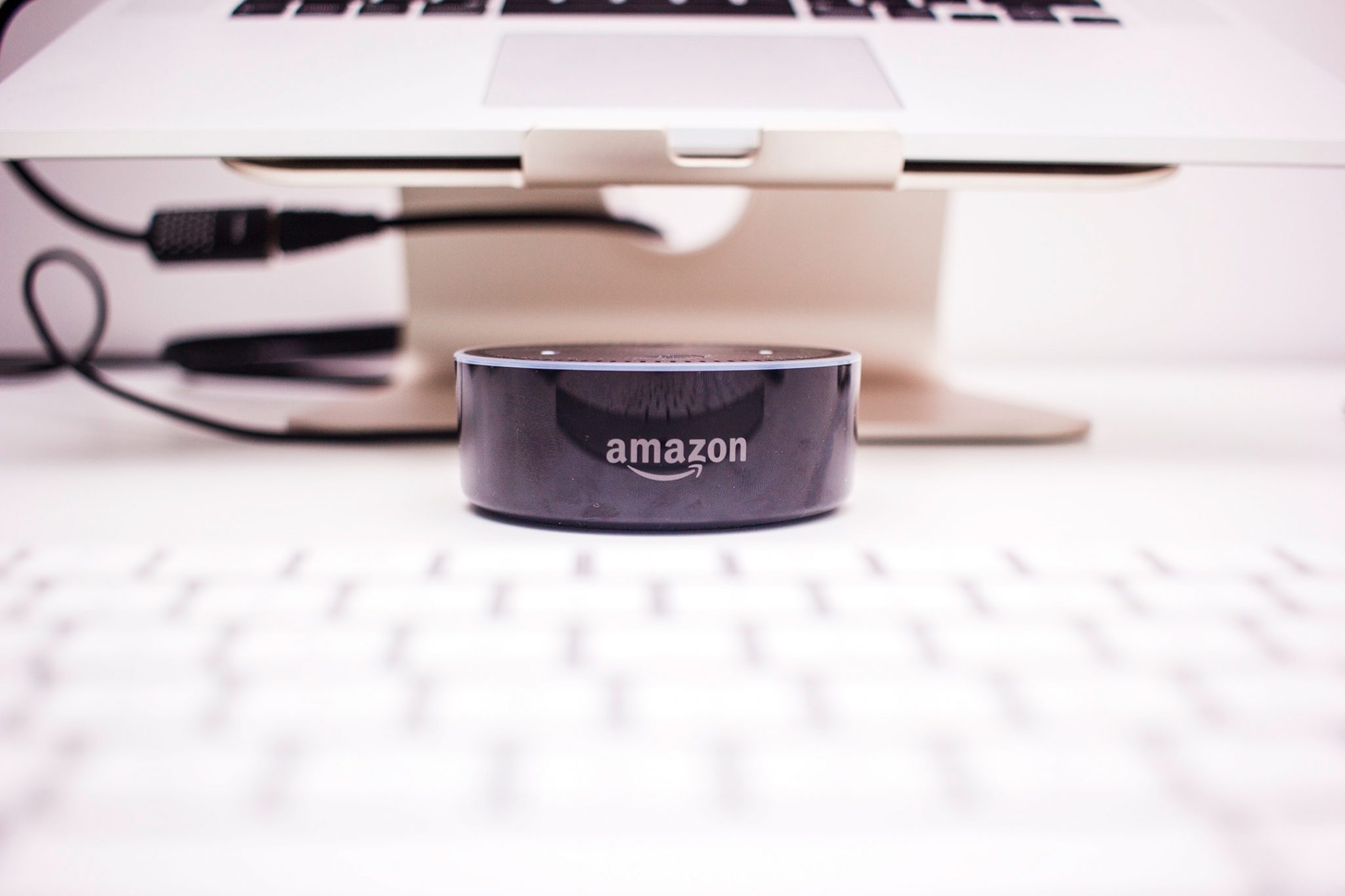The prospect of being constantly surrounded by smart devices with the ability to listen to each conversation could horrify many people. But that is the future that Amazon imagines, and it is approaching much faster than we think.
The big technology companies are flooding the market with devices. The sale of hardware that functions as a channel for their digital services has become a strategy for all consumer technology companies.
What has been going on
Last week, Facebook launched the second generation of its Portal, a “smart screen” whose revolutionary application will be video calling. Google will offer its own range of personal devices for the upcoming holiday season, all designed to function as a platform for Google services.
Even Apple is doing so, reducing the price of some iPhones to attract more customers to its news, music, video and games services.
But none of these companies can rival Amazon in terms of ambition. A year ago, he announced an overwhelming variety of new consumer devices, all of them integrated with Alexa, his voice-activated assistant, including his first “intelligent” microwave oven.
Amazon’s plan
This week he repeated the trick, with another batch of devices at low prices. They include a ring that starts a conversation just by touching it, and artificial intelligence integrated into the glasses armor.
Amazon’s hasty rush to produce so many new hardware devices makes it the opposite of Apple in terms of its approach to business. Forget the careful elaboration of a product in secret until it is perfect, with the high price that entails: what Amazon offers is rapid experimentation and aggressively low prices.
However, what makes Amazon such a fearsome competitor is that it has ventured into several areas, all with a single objective: to put its services at the center of the widest range of new hardware. As he lost the opportunity to enter the smartphone market, he is recovering lost time.
A new tactic is to face Apple in its own territory
This week’s new products included the first wireless headphones and Amazon’s first high-end speaker, which come, respectively, with Bose noise reduction technology and Dolby 3D sound, but at much lower prices than those charged Manzana. In addition to having the best online store at your disposal, this makes you an instant adversary.
A second new aspect of Amazon’s strategy has been less visible and perhaps of greater importance in the long term. Beyond the manufacture of its own devices, it has been trying to establish the basis for building an “Internet of things” around its own services.
An ingredient for this, which was launched this week, is a new networking technology designed to fill the gap between the wireless connection and mobile broadband networks. This technology, called Amazon Sidewalk, is a way to extend a home network far enough away to cover all smart devices whose reach is superior to today’s most limited networks.
About the “chipset”
Part of Amazon’s effort has been invested in a “chipset” (auxiliary integrated circuit), which is on sale for other hardware manufacturers, which makes it easier to add “Alexa Inside” to any device and that will bring a lot greater intelligence incorporated into the performance of daily tasks.
Another initiative, backed by another 29 companies, would allow multiple smart assistants on the same device, each activated by a different activation word. (It should be mentioned that Google and Apple have not yet joined the party).
Initiatives such as these are beginning to lay the foundation for an Internet of things designed to work around Amazon’s services. Regardless of whether or not you buy the company’s own devices, the enormous magnitude of your ambition could make it very difficult to avoid it.

